
Roots
To truly understand the profound interplay between water’s elemental nature and the very fabric of textured hair, we must first cast our gaze back through the mists of time, seeking the quiet wisdom held within ancestral traditions. For generations beyond count, the vitality of a strand has been intimately tied to the source of its cleansing, its nurturing. Consider the rhythmic dance of rain upon the earth, collected and revered by our foremothers, its purity a balm to coils and kinks that stretched towards the sun.
The very notion of water, in many ancient societies, transcended mere utility; it held spiritual weight, a life-giving force shaping not only agricultural cycles but also the daily rituals of self-care. This reverence for the natural world, including its waters, laid the foundation for haircare practices that honored the innate resilience of textured strands.
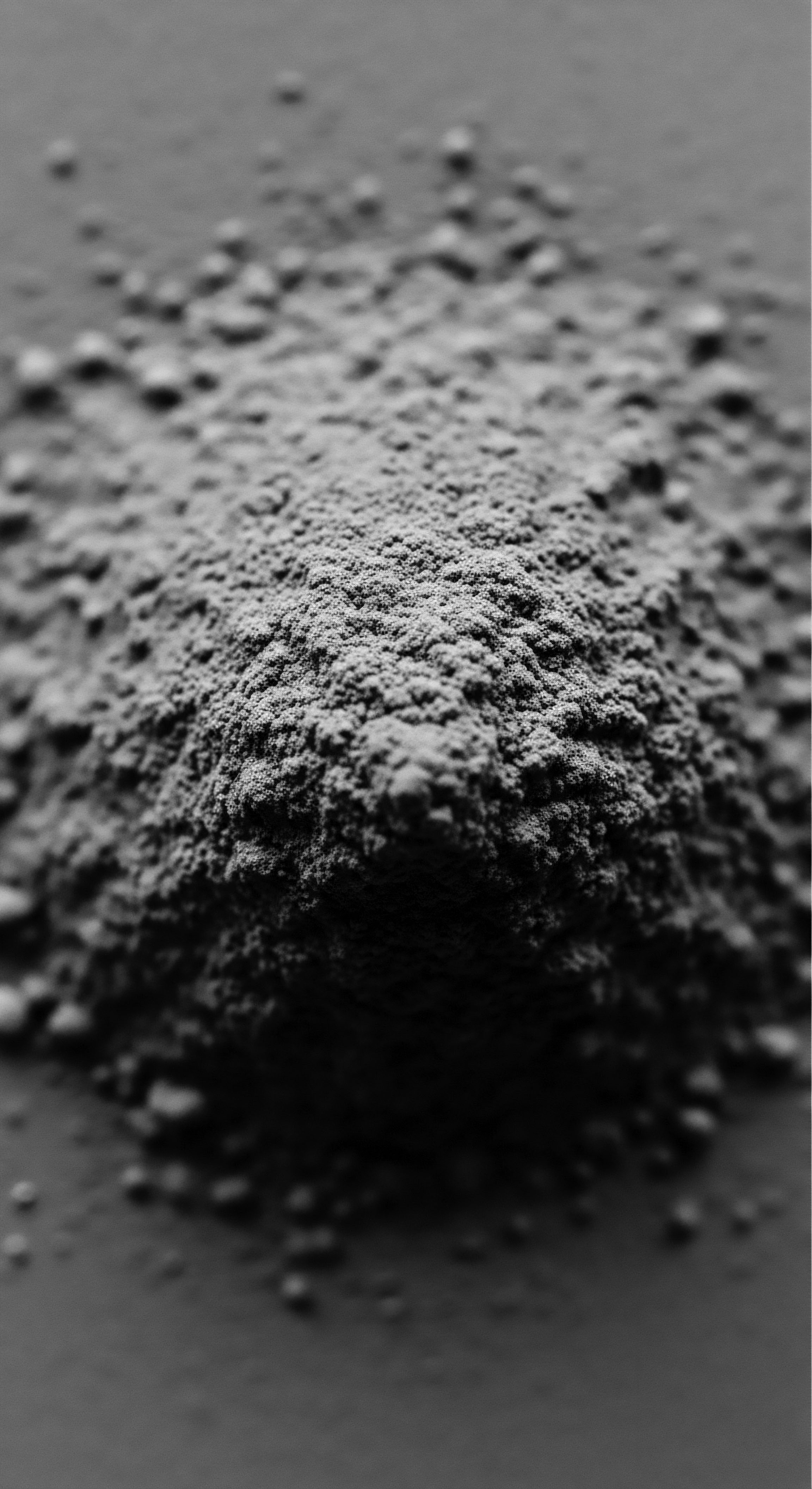
Water as Ancient Witness to Textured Hair’s Story
The journey of water, from cloud to aquifer, mirrors the long, winding path of our hair’s lineage. Before the modern conveniences of filtered tap flows, communities adapted their lives to the waters gifted by their immediate environment. Where streams flowed clear and soft, hair could be cleansed with minimal intervention, allowing its natural sheen to shine. Yet, in regions where ground water, rich with minerals, permeated the soil, those with coiled, kinky, and wavy hair developed ingenious methods to counteract its influence.
These adaptations, often rooted in keen observation and generational knowledge of local flora, comprise a significant, if often unsung, part of our hair heritage. The very structure of textured hair – its unique ellipticity, the uneven distribution of its cuticular layers, its tendency toward natural dryness – made it particularly responsive to the mineral content of washing waters. This inherent sensitivity, honed over millennia, required a deep, intuitive understanding of the elements.
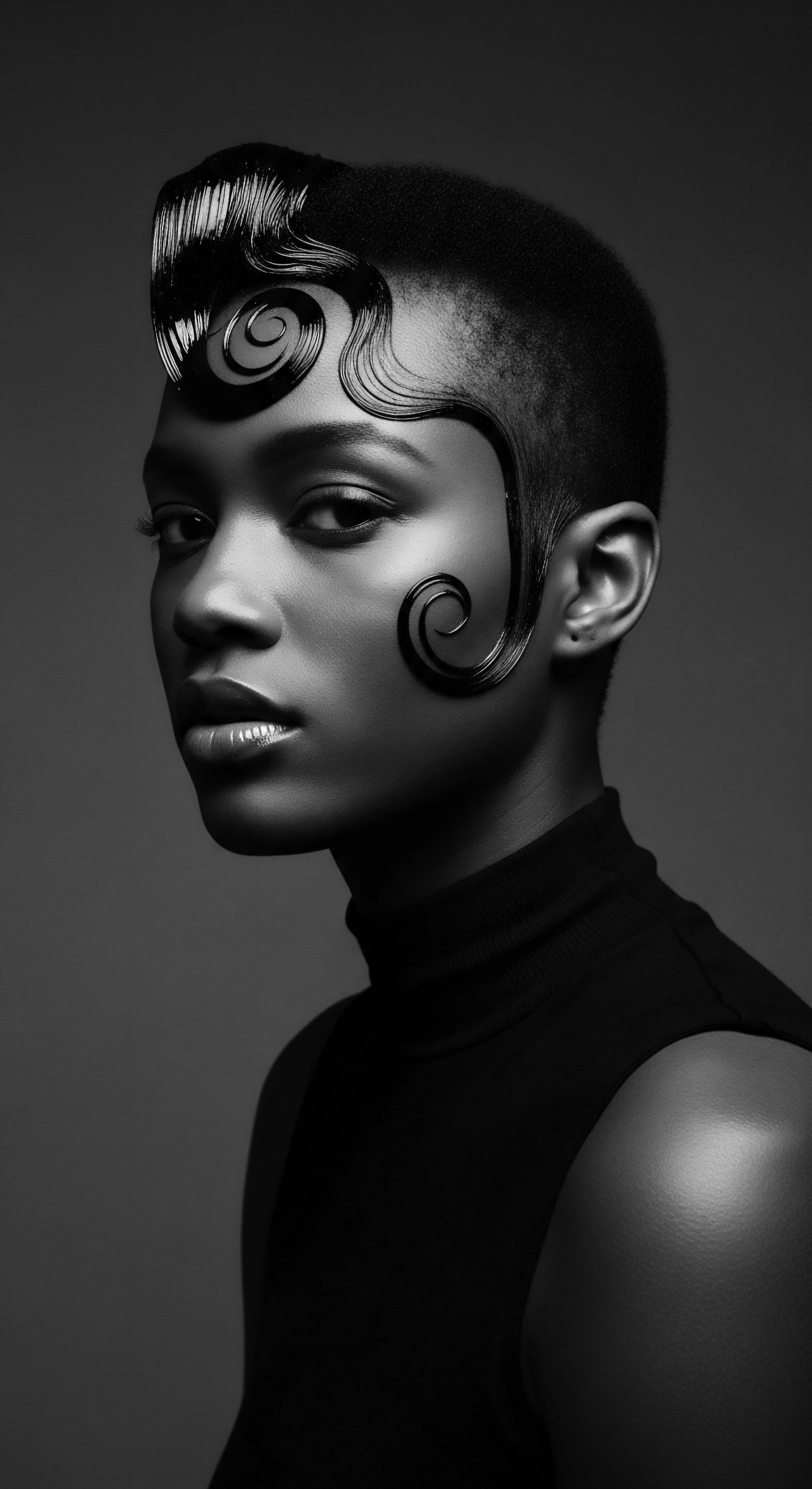
The Anatomy of a Textured Strand in Ancestral Light
A single strand of textured hair, viewed through the lens of history and science, is a marvel of biological design. Its characteristic bends and twists, forming intricate spirals or tight zig-zags, are not merely aesthetic; they are structural features that govern how the strand interacts with its environment, particularly water. The outermost layer, the Cuticle, composed of overlapping scales, stands as the hair’s primary shield. In textured hair, these scales tend to be naturally lifted, a characteristic that while contributing to its volume and distinctive form, also permits the ingress and egress of moisture more readily.
Beneath this lies the Cortex, the core responsible for hair’s strength and elasticity. The innermost part, the Medulla, may or may not be present, its presence varying with hair thickness and type. Historically, our ancestors may not have articulated these structures in scientific terms, yet their practices spoke volumes. They understood that water, especially water laden with unseen deposits, could alter the hair’s feel, its pliability, its very disposition. They knew, through observation and inherited wisdom, when a strand felt ‘right’ and when it felt burdened, guiding their choices in cleansing agents and conditioning balms.
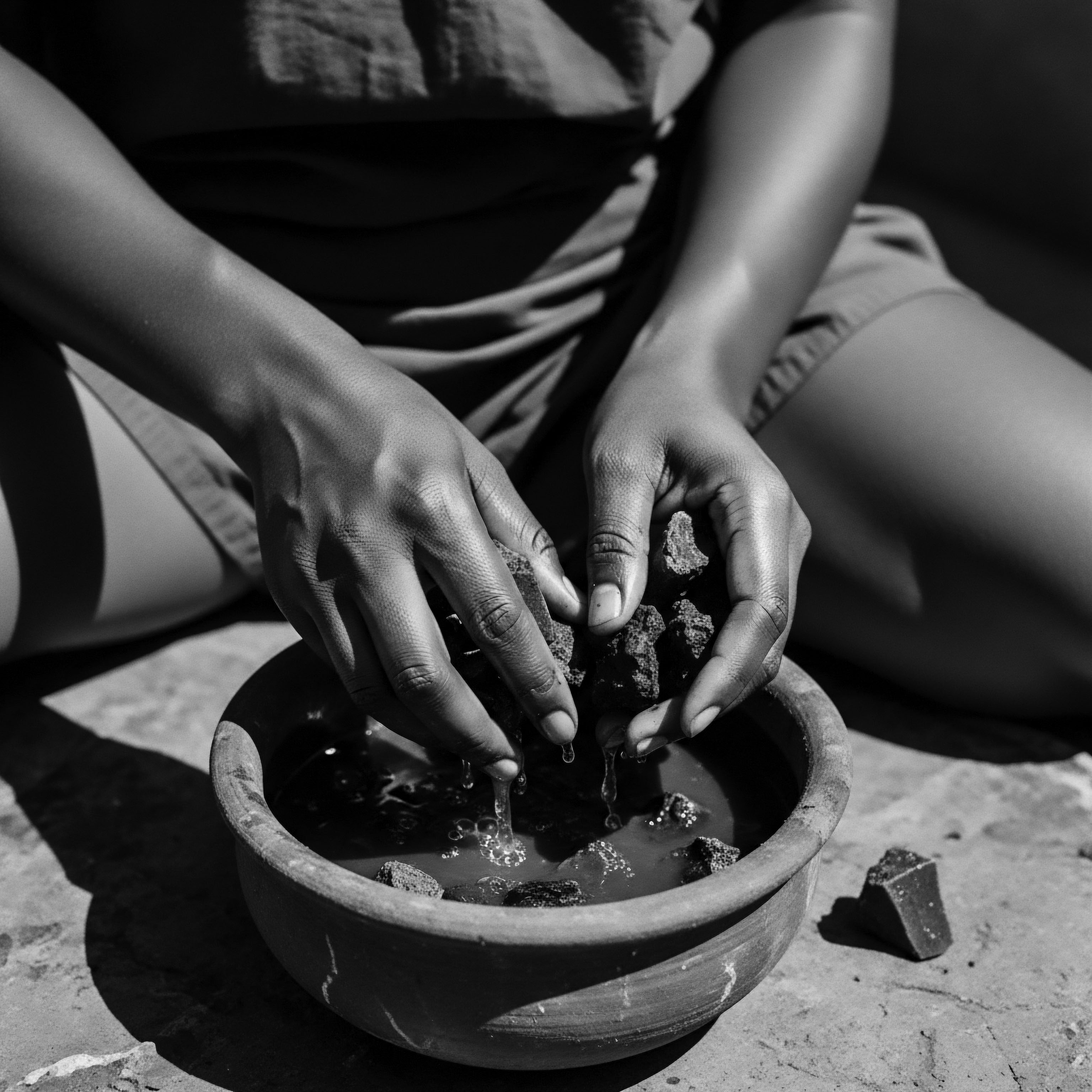
Mineral Echoes on the Strand’s Surface
When we speak of hard water, we speak of water carrying a significant presence of dissolved minerals, predominantly Calcium and Magnesium. These bivalent ions, picked up as rainwater filters through geological formations, hold a specific charge that eagerly seeks to bind with other molecules. On the surface of textured hair, rich with protein and often carrying a slight negative charge, these mineral ions find an inviting host. They adhere to the cuticle scales, creating an invisible film.
This mineral coating, though microscopic, has a cumulative effect. It can obscure the natural luminosity of the hair, making it appear dull or lifeless. It can interfere with the hair’s ability to fully absorb the nourishing moisture from oils or conditioners. The consequence for textured hair, already prone to dryness due to the winding path sebum must travel from scalp to tip, is an amplified sense of brittle detachment. The hair, in essence, becomes armored by these elemental deposits, yet it is an armor that compromises its inherent flexibility and vibrancy.
Ancient wisdom and modern science both affirm that the unseen minerals in water profoundly shape the character and well-being of textured hair.
Our forebears, with their deep attunement to natural rhythms, would have perceived these changes not as scientific phenomena, but as shifts in the hair’s disposition, its response to the land’s offerings. They sought balance, often using natural remedies to counter what they might have recognized as a ‘heaviness’ in the water or on the hair itself. This ancestral responsiveness speaks to a holistic understanding of beauty and vitality, one that recognized the interconnectedness of all things, from the deepest springs to the highest crown of hair.
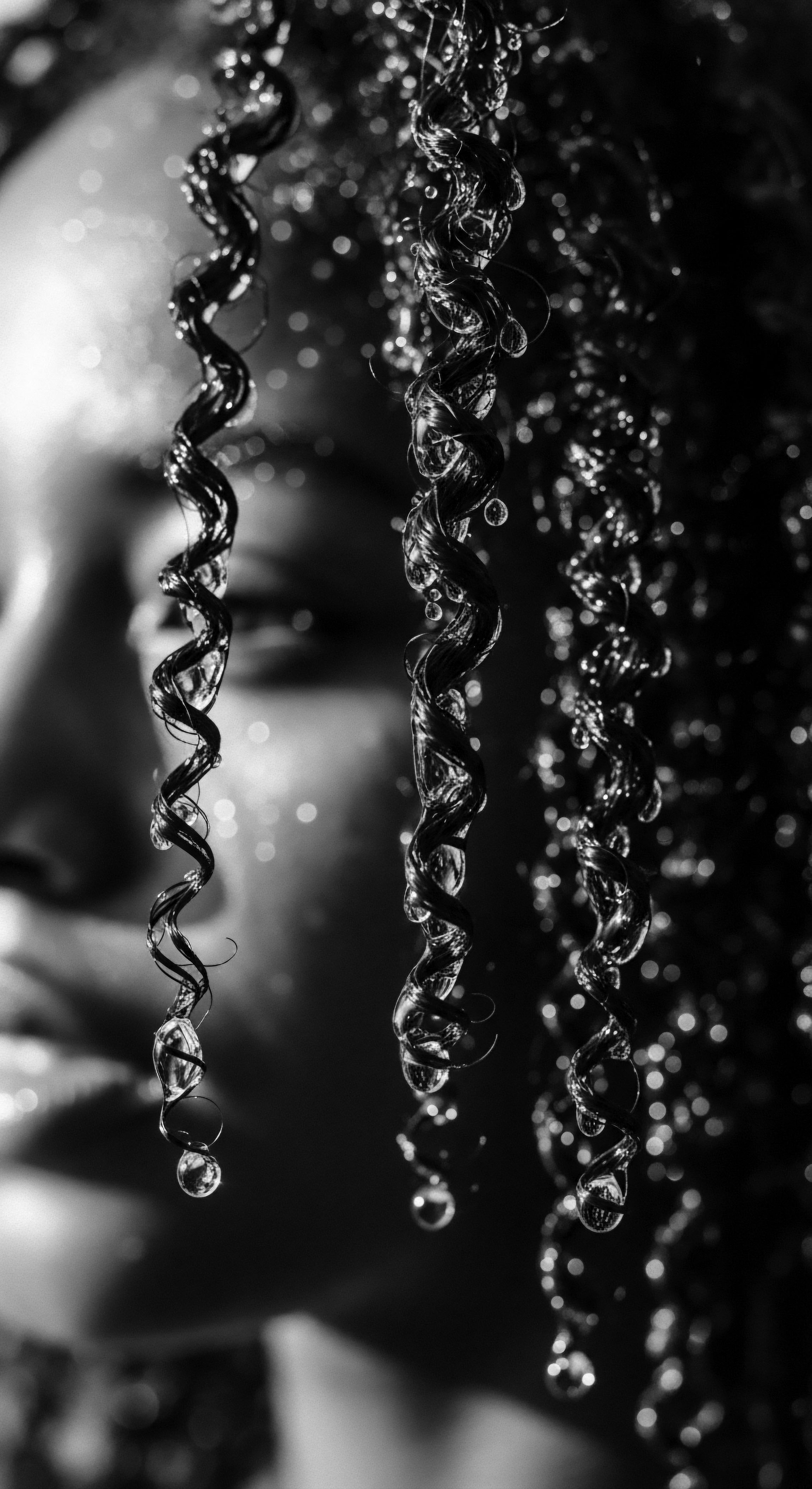
Ritual
The transition from the foundational understanding of hard water’s elemental touch on textured hair moves us to the daily practices, the intimate rituals that have long defined our relationship with our strands. Here, the struggle with water’s hidden minerals plays out in tangible ways, shaping choices, dictating techniques, and challenging the very feel of hair. This dynamic interaction, a blend of scientific reality and lived experience, is a testament to the ongoing ingenuity within textured hair communities, a continuous adaptation passed down through generations.
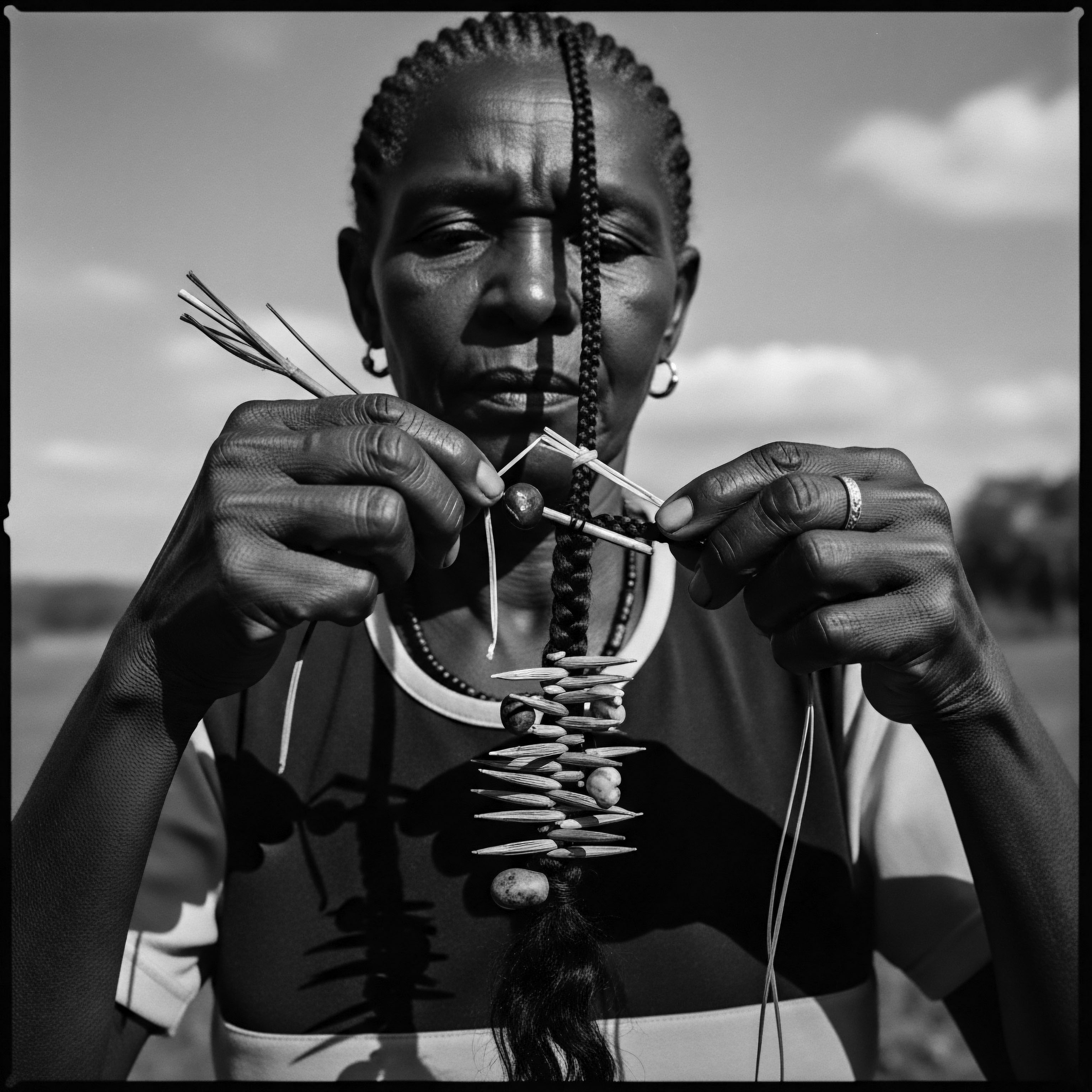
The Daily Dance of Dissonance ❉ Hard Water’s Physical Imprint
For those living with hard water, the wash day ritual often begins with a subtle sense of friction. The rich lather one anticipates from a cleansing agent seems to dissipate, reluctant to form. This is a direct consequence of the mineral ions in hard water reacting with the surfactants in shampoo, forming an insoluble precipitate, often perceived as a soapy scum. Instead of lifting impurities, the water contributes to a layer of mineral accumulation.
Textured hair, with its propensity to coil and clump, becomes a ready canvas for these deposits. The hair feels stiff, less pliable, sometimes even coarse to the touch. This mineral coating obstructs the cuticle, making it difficult for water, and subsequently conditioning agents, to truly penetrate the strand. The result is hair that, despite being ‘washed,’ retains a sense of dullness, a persistent dryness that defies even the most generous application of emollients.
Such hair also becomes more prone to tangling and, in time, even breakage, as its natural elasticity is compromised by the mineral shell it carries. A Michigan study, focusing on the impact of various water types on multiethnic hair, found that residents in areas with extremely hard water (measured at over 180 parts per million in 60% of Michigan, Simmonds, 2018) frequently reported hair challenges, including dryness and difficulty in manageability. This quantitative data gives a contemporary voice to the age-old qualitative experience of hard water’s toll.
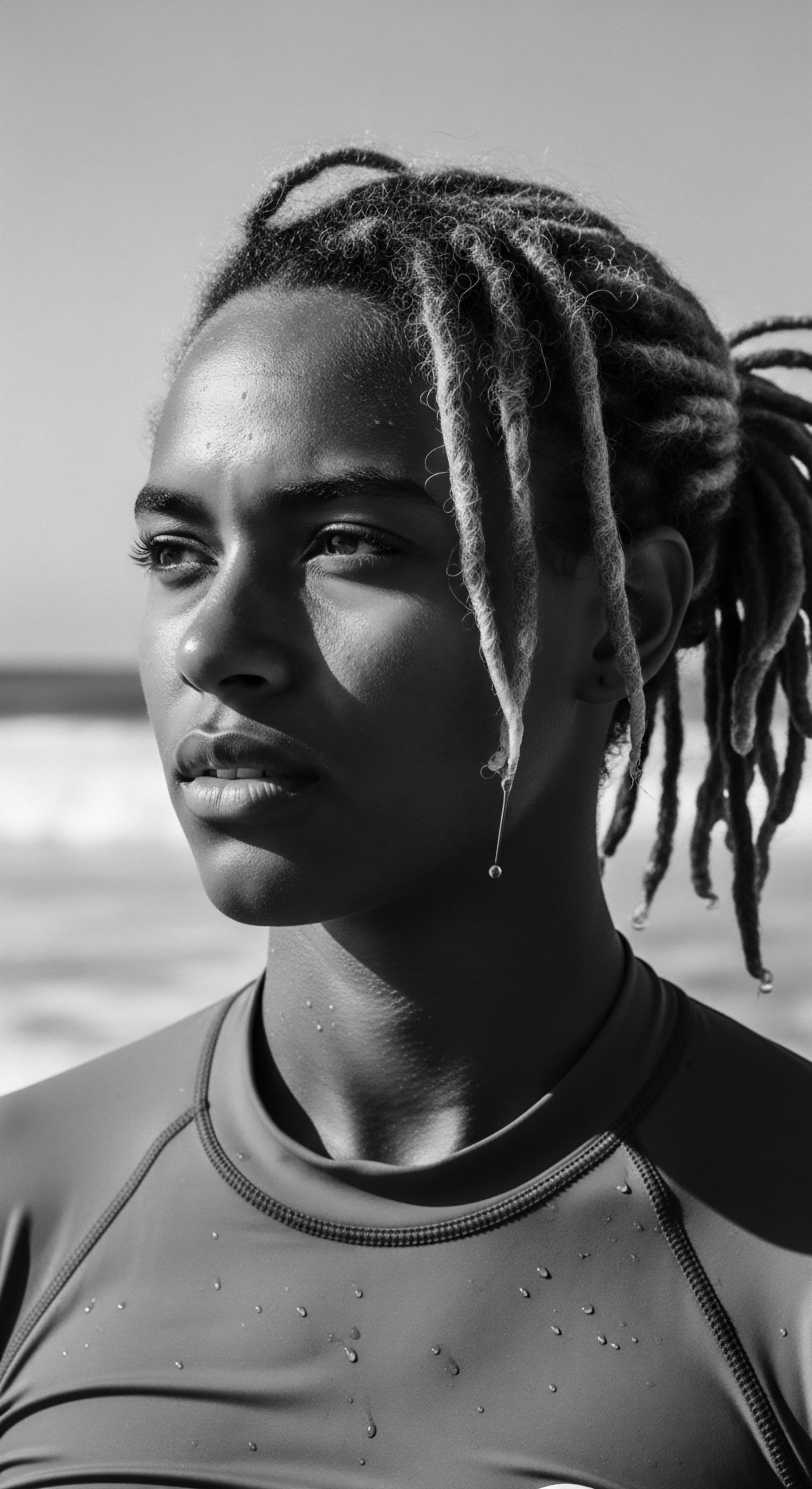
Ancestral Resilience ❉ Care Rituals Beyond Water’s Reach
Long before water softeners became household fixtures, ancestral communities developed remarkable ways to mitigate the challenges posed by their local water sources. Their knowledge, often gleaned from the very earth they tilled, allowed them to adapt their hair care rituals, turning scarcity into invention. These practices, born of necessity and wisdom, stand as cornerstones of our heritage, providing blueprints for resilience.
- Rainwater Collection ❉ In many parts of the world, especially where ground water was harsh, rainwater was meticulously collected for hair cleansing. This naturally soft water, free from mineral impurities, was prized for its ability to leave hair feeling pure and supple, allowing for proper hydration.
- Plant-Based Cleansers ❉ Rather than relying solely on water’s innate cleansing power, ancestral traditions employed saponin-rich plants. For instance, the Yucca Root was historically used by Native American tribes. Crushed and mixed with water, it produces a gentle lather that cleanses without stripping, countering the effects of hard water by providing its own cleansing mechanism that isn’t hindered by minerals.
- Acidic Rinses ❉ Though not always explicitly termed ‘softeners,’ the use of mildly acidic natural ingredients such as citrus fruit extracts or fermented liquids served a similar purpose. The acidity would help to close the hair cuticle, reducing mineral adherence, and dissolving some existing buildup. This practice aligns with modern understanding of pH balance.
- Heavy Oil Applications ❉ Many African communities, like those utilizing Shea Butter or various plant-based oils, would apply rich emollients to the hair. While primarily for conditioning and protection from the elements, these oils could also create a barrier, lessening the direct interaction between hard water minerals and the hair shaft during washing, or providing slip for easier detangling post-wash. The Basara Tribe, renowned for their hair length retention, traditionally applied a mixture infused with Chebe Powder and animal fat to their hair, a method that likely also shielded strands from environmental and water-related stresses (Byrd & Tharps, 2001).
These traditions speak to an inherent understanding that if the water itself could not be altered, then the hair could be fortified, shielded, and cleansed through alternative means. The knowledge was communal, passed from elder to child, woven into the very fabric of family and village life.
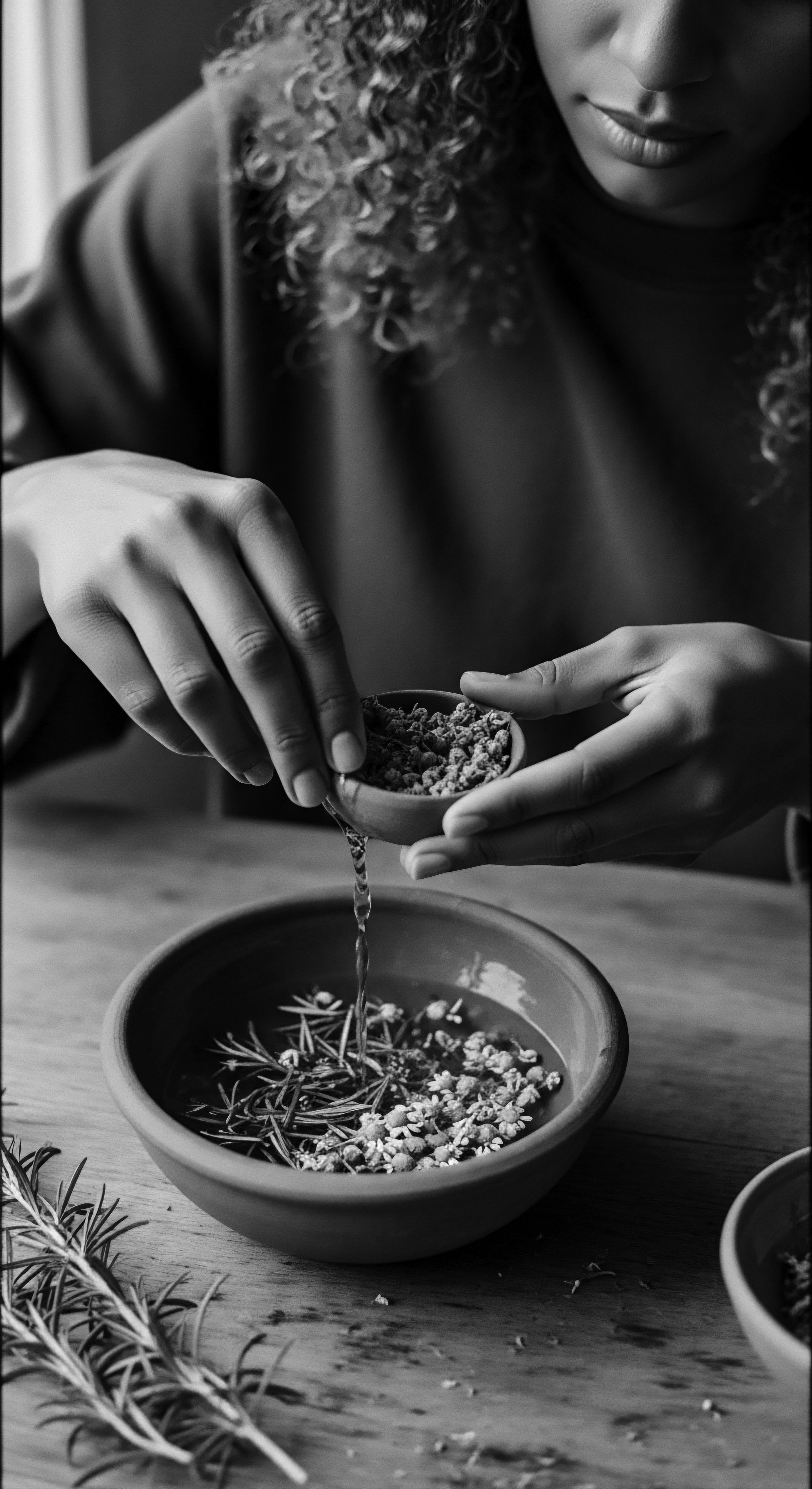
Modern Echoes of Ancient Solutions ❉ Adapting for Textured Hair
The challenges presented by hard water endure, but so too do the ingenious adaptations. Modern textured hair care often reflects these ancestral solutions, albeit with scientific advancements. Chelating shampoos, for example, contain ingredients that bind to the hard water minerals, effectively removing them from the hair shaft. Apple cider vinegar rinses, a popular contemporary practice, mirror the ancient use of acidic substances to restore pH balance and smooth the cuticle, countering mineral accumulation.
Shower filters, designed to reduce mineral content before the water even touches the hair, stand as technological descendants of rainwater collection, offering a softened wash environment. The continuity of these approaches, from simple root decoctions to sophisticated filtration systems, underscores a shared, enduring commitment to the well-being of textured hair, a testament to adapting ancestral wisdom for contemporary life.
From age-old rituals using plants and rain to today’s innovative filters, communities have tirelessly adapted to hard water, preserving textured hair vitality.
| Hair Care Challenge Mineral Buildup |
| Ancestral Practice Rainwater washing, acidic fruit rinses (e.g. citrus) |
| Modern Adaptation for Textured Hair Chelating shampoos, ACV rinses, shower filters |
| Hair Care Challenge Dryness and Brittleness |
| Ancestral Practice Shea butter application, plant oil infusions |
| Modern Adaptation for Textured Hair Deep conditioning treatments, leave-in creams, moisture sealants |
| Hair Care Challenge Difficulty in Cleansing/Lathering |
| Ancestral Practice Yucca root soap, ash lye solutions (diluted) |
| Modern Adaptation for Textured Hair Sulfate-free shampoos, low-lather co-washes |
| Hair Care Challenge These methods reveal an ongoing legacy of responsive care, connecting past ingenuity with present day science to care for textured hair. |
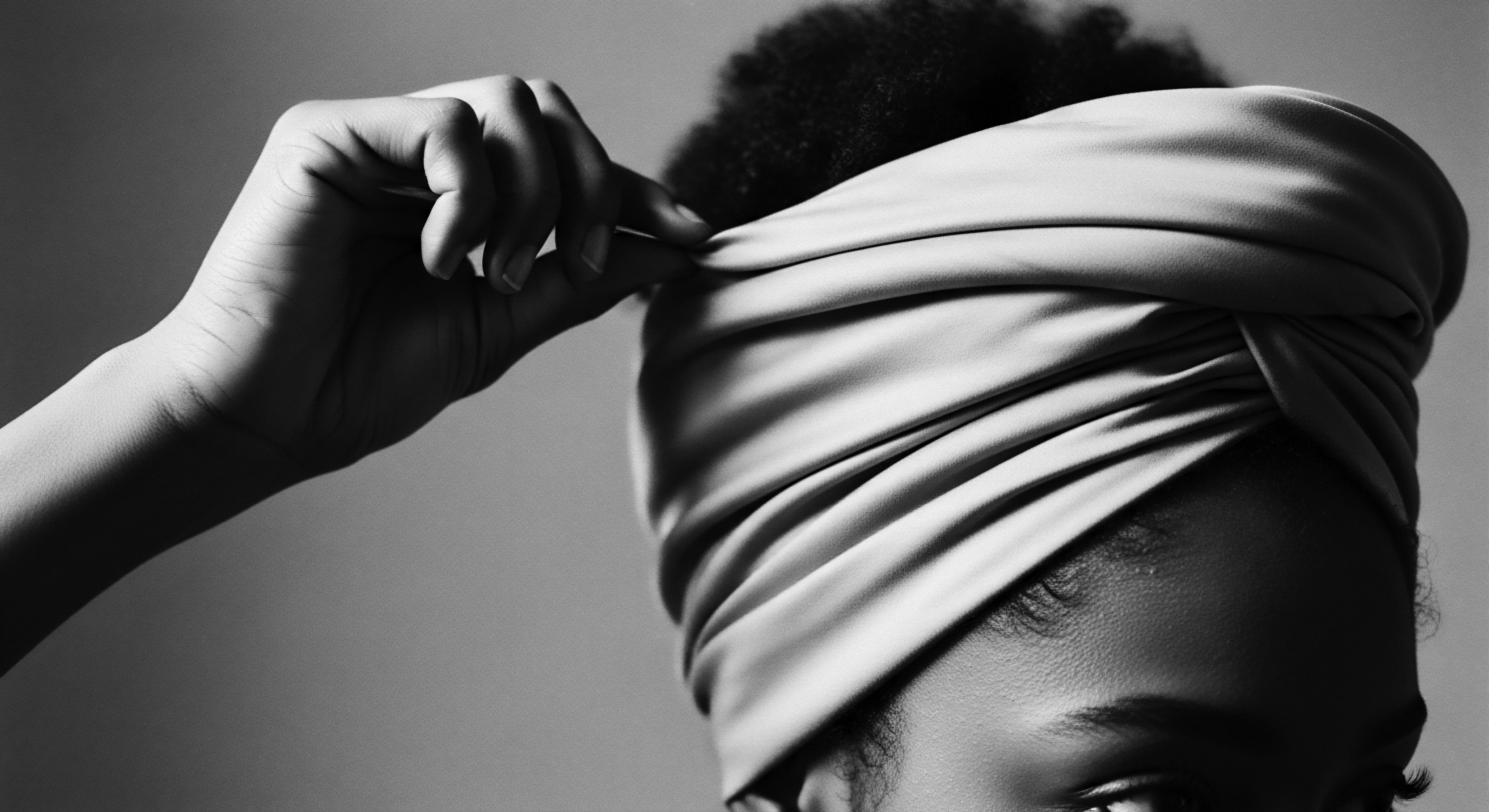
Relay
The conversation around hard water and textured hair deepens as we move from ritual into the realm of profound analysis, intertwining socio-historical impacts with rigorous scientific scrutiny. This exploration reveals not only the microscopic struggles endured by each strand but also the broader narratives of environmental justice and cultural perseverance that shape the textured hair experience. Understanding these layers allows for a more complete appreciation of the resilience inherent in our hair’s heritage.
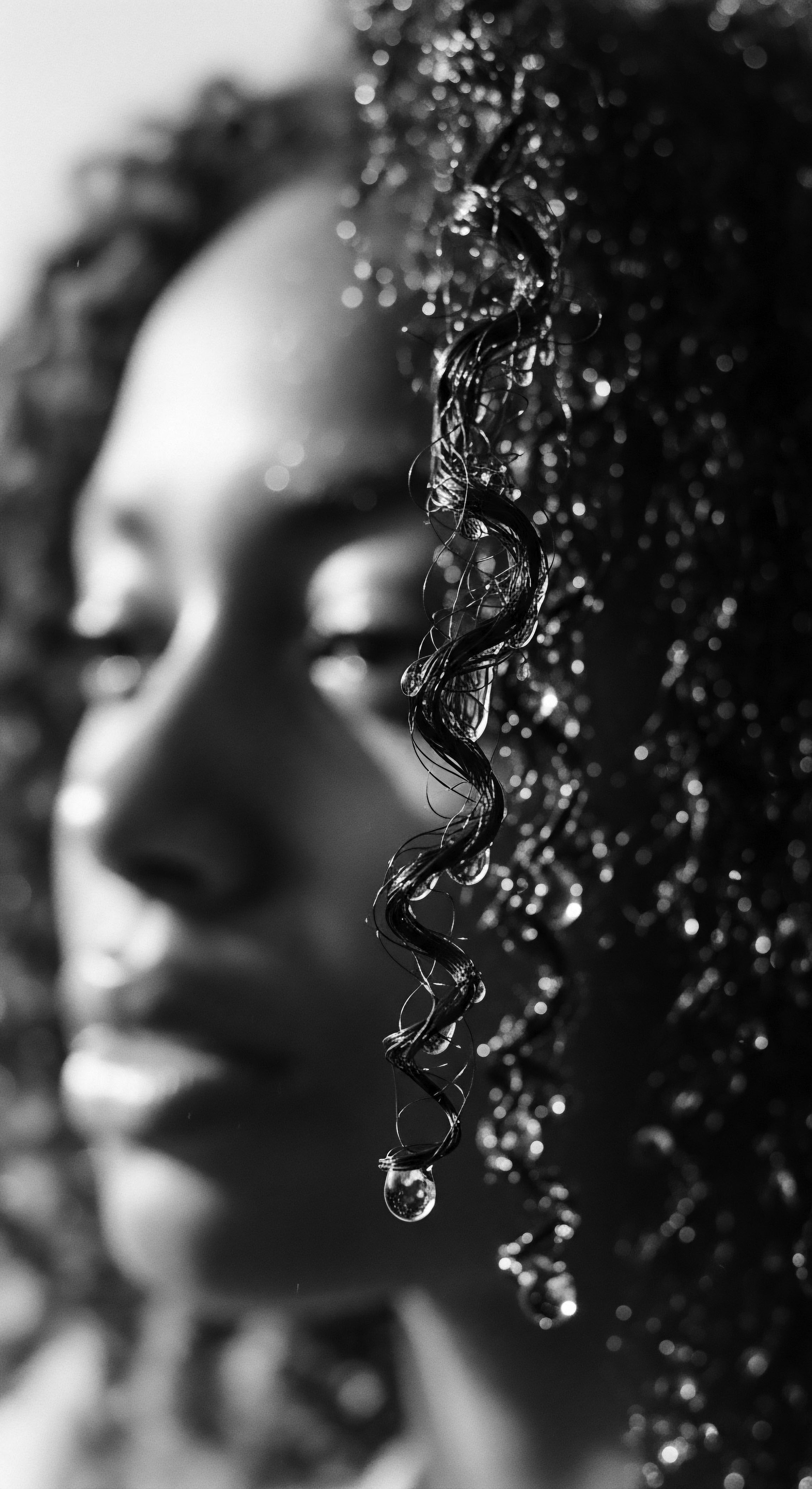
Water’s Unseen Hand ❉ A Historical Account of Environmental Impact
The quality of water, a seemingly mundane detail of daily existence, holds a disquieting historical weight for Black and mixed-race communities. Access to clean, soft water has, at times, been a marker of privilege, while marginalized communities often contend with infrastructure that delivers water of dubious quality, laden with more than just minerals. The experience of the Flint water crisis in Michigan stands as a stark, recent example of how environmental policy decisions disproportionately affect Black populations (AAIHS, 2018). While Flint’s issues centered on lead contamination, it underscores a wider pattern ❉ the disengagement of communities of color from healthy, life-sustaining water sources.
In areas where water is consistently hard, the resulting burden on textured hair is not merely a cosmetic inconvenience; it is a daily, physical manifestation of an environmental condition that requires constant mitigation. The aforementioned study by Ralna M. Simmonds (2018), which examined multiethnic hair textures in Berrien Springs, Michigan—a state notably characterized by its hard water, with 60% of its water rated “extremely hard” at over 180 ppm—documents a direct link between local water quality and reported hair challenges among a diverse group of students and faculty, many from African and African American backgrounds. This study provides empirical weight to the anecdotal experiences shared within these communities, demonstrating a quantifiable relationship between environmental factors and hair health that carries significant cultural implications. When water itself creates an obstacle to hair health, the act of maintaining one’s natural textured hair becomes a quiet act of resistance, a continued assertion of beauty and self in the face of adversity, echoing ancestral struggles for autonomy.
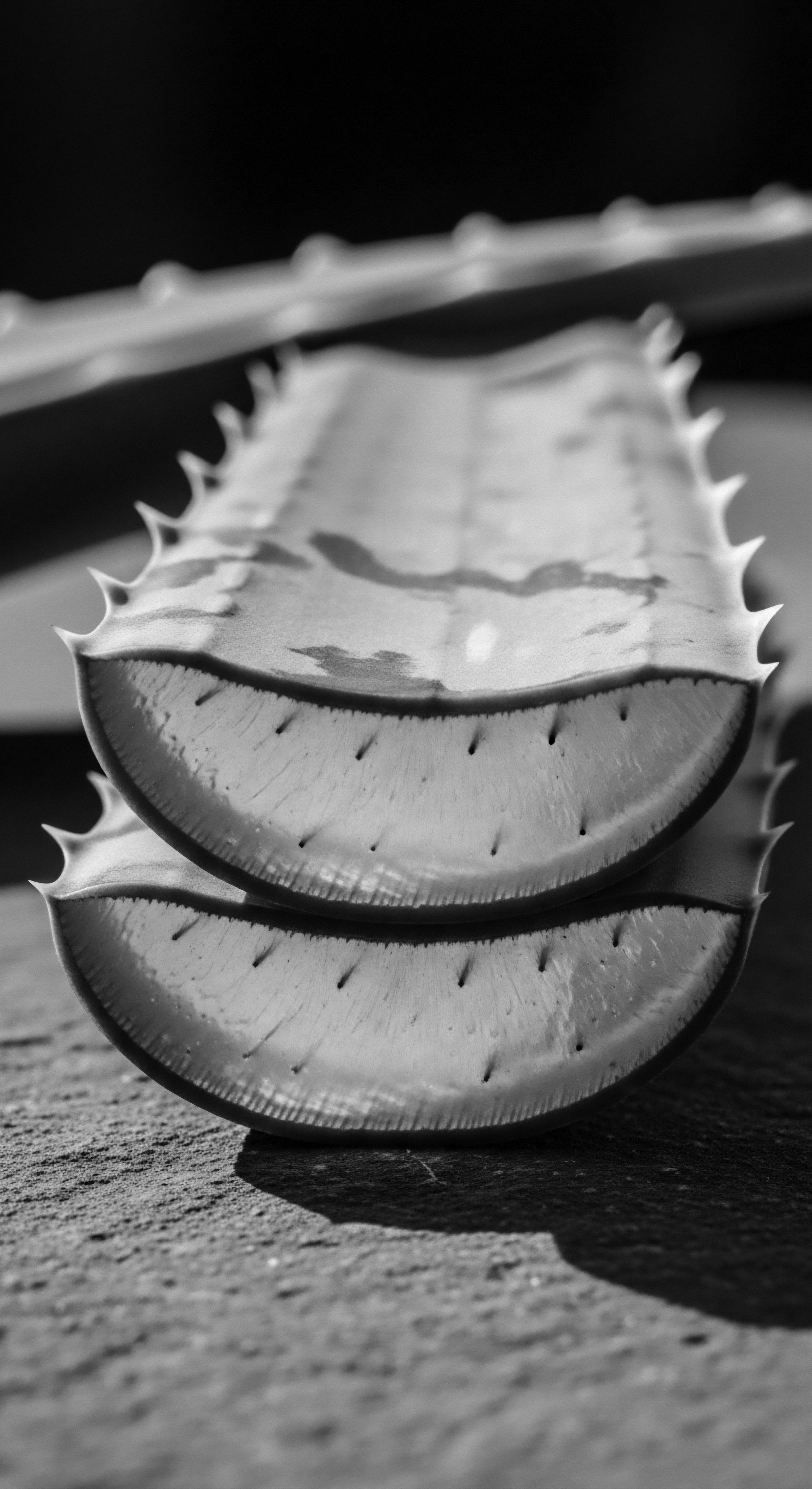
The Invisible Residue ❉ Scientific Mechanisms of Mineral Adhesion
To truly grasp the hard water impact on textured hair, a closer look at the microscopic world of the hair shaft is necessary. The unique helices and undulations of textured hair mean that its cuticle layers, the protective outer scales, often stand more open or are more prone to lifting than those of straight hair. This structural difference creates more surface area and more points of entry for mineral ions, specifically Calcium (Ca2+) and Magnesium (Mg2+), to adhere. These positively charged ions form strong bonds with the negatively charged sites on the hair protein, particularly when hair is wet and the cuticle is swollen.
This bonding process, sometimes called “mineral lockout,” creates a stiff, unyielding layer on the hair. This mineral coating prevents moisture from truly penetrating the cortex, leaving the hair internally dry even after conditioning. Furthermore, these mineral deposits increase friction between individual strands, leading to increased tangling and mechanical damage during manipulation. As the hair dries, the mineral deposits crystallize on the surface, making the strand feel rough, reducing its natural sheen, and compromising its elasticity.
Research utilizing scanning electron microscopy (SEM) has documented mineral deposition on hair shafts treated with hard water, though the direct link to significant brittleness or breakage is still being explored (Alahmmed et al. 2017). The collective evidence suggests a clear mechanism by which hard water burdens textured hair, turning what should be a cleansing ritual into an accumulating challenge.
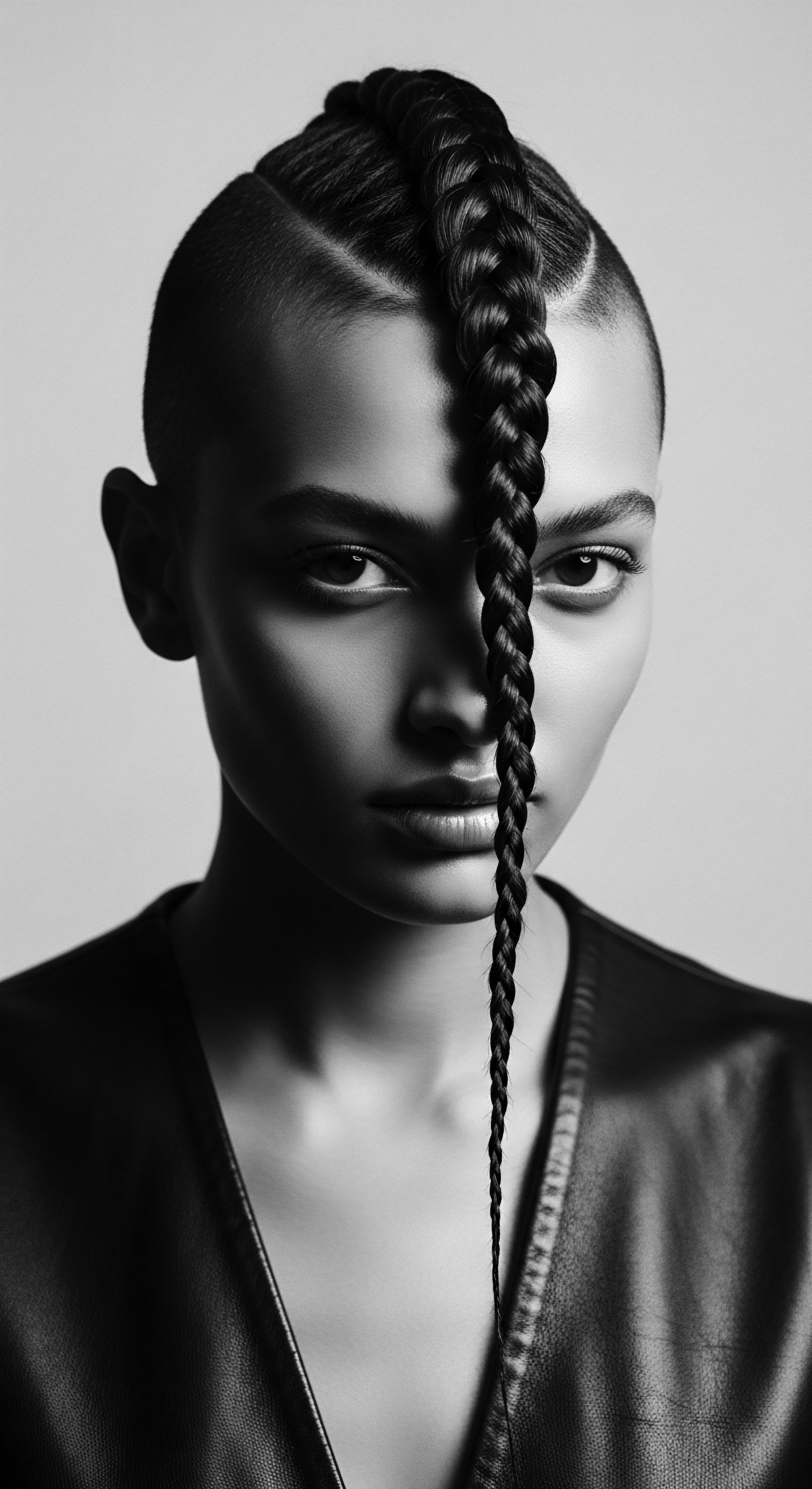
Can Science Validate Our Ancestral Hair Rituals?
The insights of modern chemistry often illuminate the wisdom embedded in ancestral practices. Many traditional remedies for hair care, though not framed in terms of pH or chelating agents, instinctively addressed the issues hard water presents. For instance, the use of acidic rinses, common in various cultures, works by lowering the pH of the hair and water environment. This lower pH causes the hair cuticle to flatten, making it more difficult for mineral ions to cling to the shaft.
It also helps to dissolve some of the existing mineral buildup. This scientific principle underpins the efficacy of remedies like a diluted Vinegar Rinse, a practice that transcends many cultural boundaries and remains popular today. Similarly, the deep oiling practices observed in many African communities would have provided a protective layer, reducing the direct interaction of hard water with the hair shaft and creating a barrier that aided in moisture retention, an essential counter to the drying effects of mineral-laden water. The very act of oiling the hair, often accompanied by scalp manipulation, not only distributed natural sebum but also offered a traditional form of conditioning, protecting strands from environmental stressors, including the harshness of local water. These time-honored methods, born of observation and necessity, are now understood through the precise language of science, revealing a continuous dialogue between ancient ingenuity and contemporary discovery.
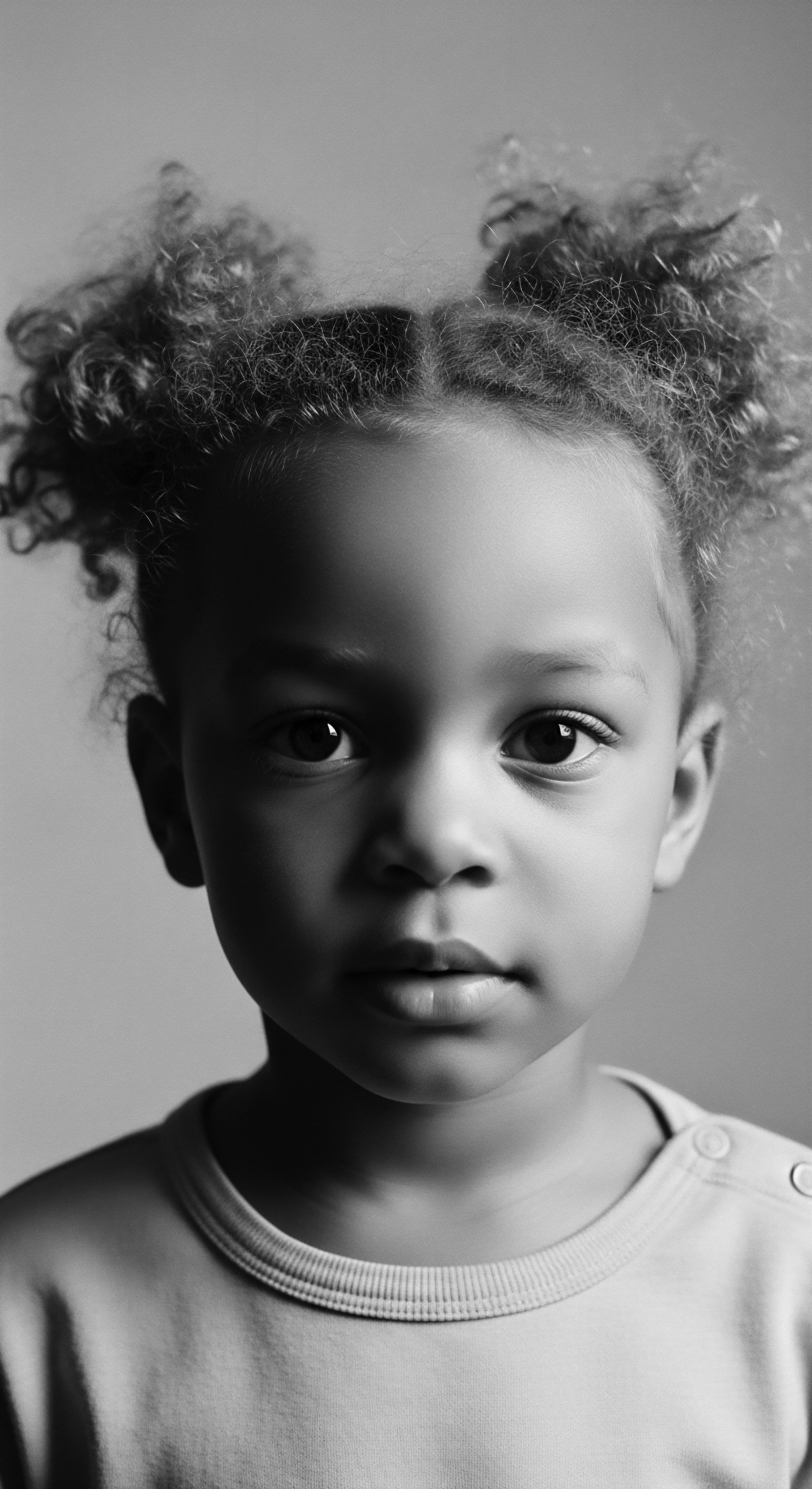
Identity and the Liquid Veil ❉ Beyond the Physical Impact
The influence of hard water extends beyond the physical state of the hair; it touches upon the profound connection between hair and identity within Black and mixed-race experiences. When hair, a potent symbol of heritage, beauty, and cultural expression, becomes difficult to manage, prone to dryness, or loses its luster due to environmental factors, it can subtly erode self-perception. The constant effort required to mitigate hard water’s effects can feel like a silent battle, particularly for those striving to maintain natural textured styles in a world that has historically undervalued their intrinsic beauty. The pursuit of soft, hydrated hair becomes intertwined with a broader yearning for ease, for unburdened self-expression.
In this light, addressing the hard water impact is not merely about achieving a desirable hair texture. It speaks to a deeper resonance ❉ the ability to honor one’s lineage, to carry forward the traditions of care, and to wear one’s identity with confidence. It is about removing an unseen barrier that can hinder the full expression of the individual and the collective heritage woven into every strand.
The enduring battle against hard water’s effects on textured hair reveals a deeper narrative of environmental challenges, scientific validation of ancestral wisdom, and the unwavering pursuit of identity.
The journey to understand and mitigate hard water’s impact on textured hair is therefore a multi-dimensional endeavor, spanning the elemental, the historical, the scientific, and the deeply personal. It affirms that the seemingly simple act of washing one’s hair is steeped in a rich legacy of adaptation, resilience, and the relentless quest for vitality and self-acceptance.
| Water Hardness Classification (Approx. Ppm) Soft (< 60 ppm) |
| Observed Effects on Textured Hair Hair feels clean, products lather easily, retains moisture, natural sheen. Optimal for hair's health. |
| Ancestral & Modern Mitigation Echoes Prized in traditions; sought through rainwater collection. |
| Water Hardness Classification (Approx. Ppm) Moderately Hard (60-120 ppm) |
| Observed Effects on Textured Hair Some dullness, slightly reduced lather, subtle dryness over time. |
| Ancestral & Modern Mitigation Echoes Regular use of mild plant cleansers; occasional acidic rinses. |
| Water Hardness Classification (Approx. Ppm) Hard (120-180 ppm) |
| Observed Effects on Textured Hair Noticeable dullness, tangling, stiffness, reduced product efficacy, increased dryness. |
| Ancestral & Modern Mitigation Echoes Consistent use of clarifying herbs, deep oiling, deliberate water management. |
| Water Hardness Classification (Approx. Ppm) Very Hard (> 180 ppm) |
| Observed Effects on Textured Hair Significant mineral buildup, severe dryness, excessive tangling, breakage, residue. |
| Ancestral & Modern Mitigation Echoes Intensive protective styling, frequent clarifying treatments (natural or synthetic), dedicated water softening. |
| Water Hardness Classification (Approx. Ppm) Understanding water hardness, whether through inherited knowledge or scientific measurement, helps to tailor care that honors hair's ancient resilience. |
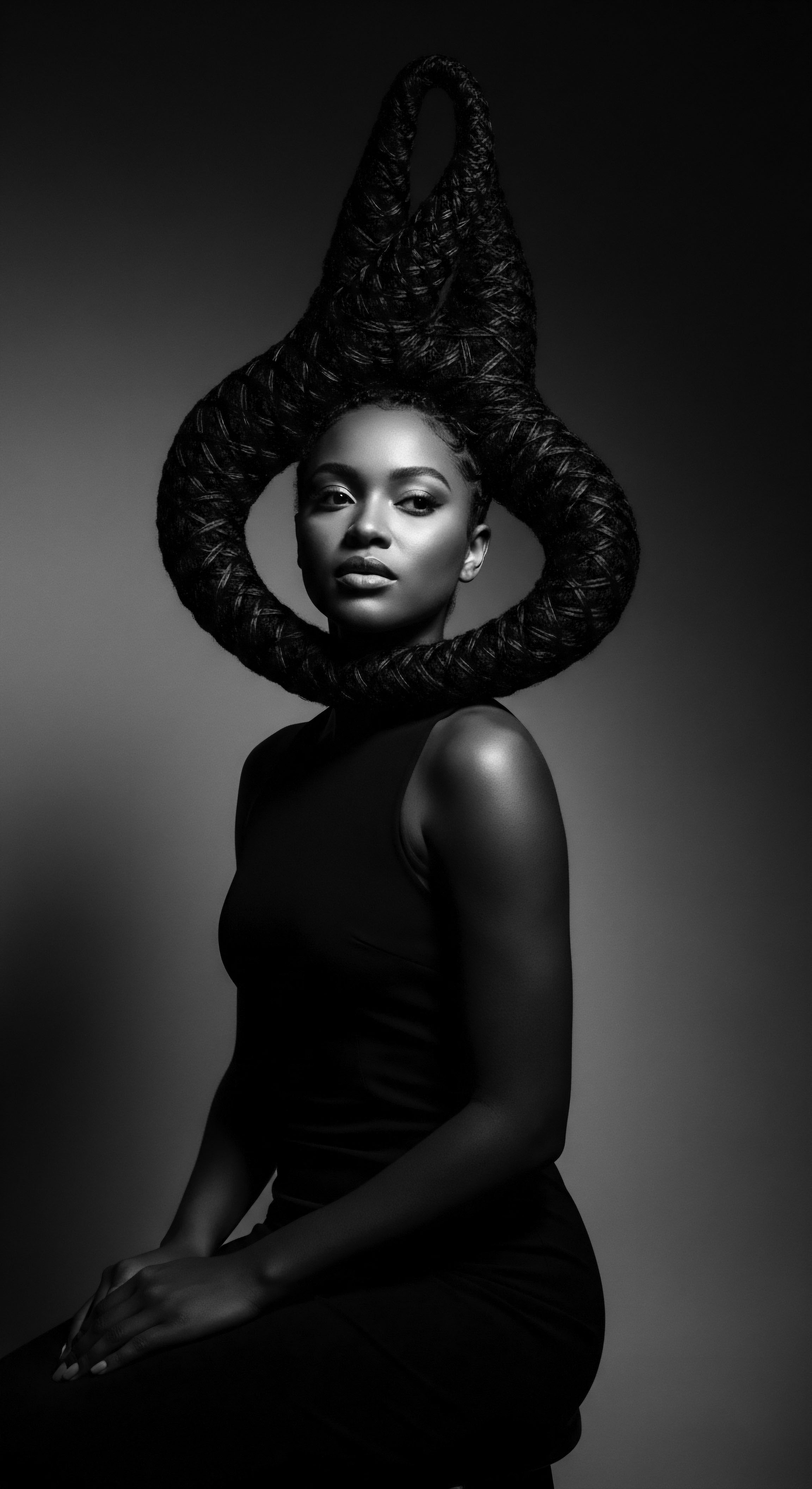
Reflection
The narrative of how hard water touches textured hair is truly a meditation on continuity, a story stretching from elemental forces to the innermost sense of self. It is a dialogue between the earth’s mineral gifts and the resilience of a coiled strand, between ancient adaptation and contemporary innovation. Each droplet carries not just mineral deposits, but the echoes of ancestors who, with profound wisdom, sought harmony with their environment. Their ingenious responses to challenging water conditions, whether through the judicious collection of rain, the alchemy of plant-based cleansers, or the deep nurturing of protective oils, speak to a legacy of adaptive intelligence.
This historical ingenuity continues to inform our present, offering blueprints for holistic care that transcend fleeting trends. It reminds us that our hair is never truly separate from our surroundings, or from the collective memory held within our communities.
In every wash day, every careful application of product, every protective style chosen, there lies a quiet conversation with this heritage. The knowledge we seek, the solutions we apply, allow us to honor the complex story of textured hair – its biology, its cultural significance, its unwavering beauty. It calls upon us to see the strand not as a singular entity, but as a living archive, a keeper of ancestral wisdom, and a vibrant canvas for identity in the present moment. The journey to understand hard water’s impact, then, becomes a pathway to deeper self-care, a profound act of reverence for the resilient spirit of textured hair, echoing a soul that refuses to be diminished by any environmental challenge.
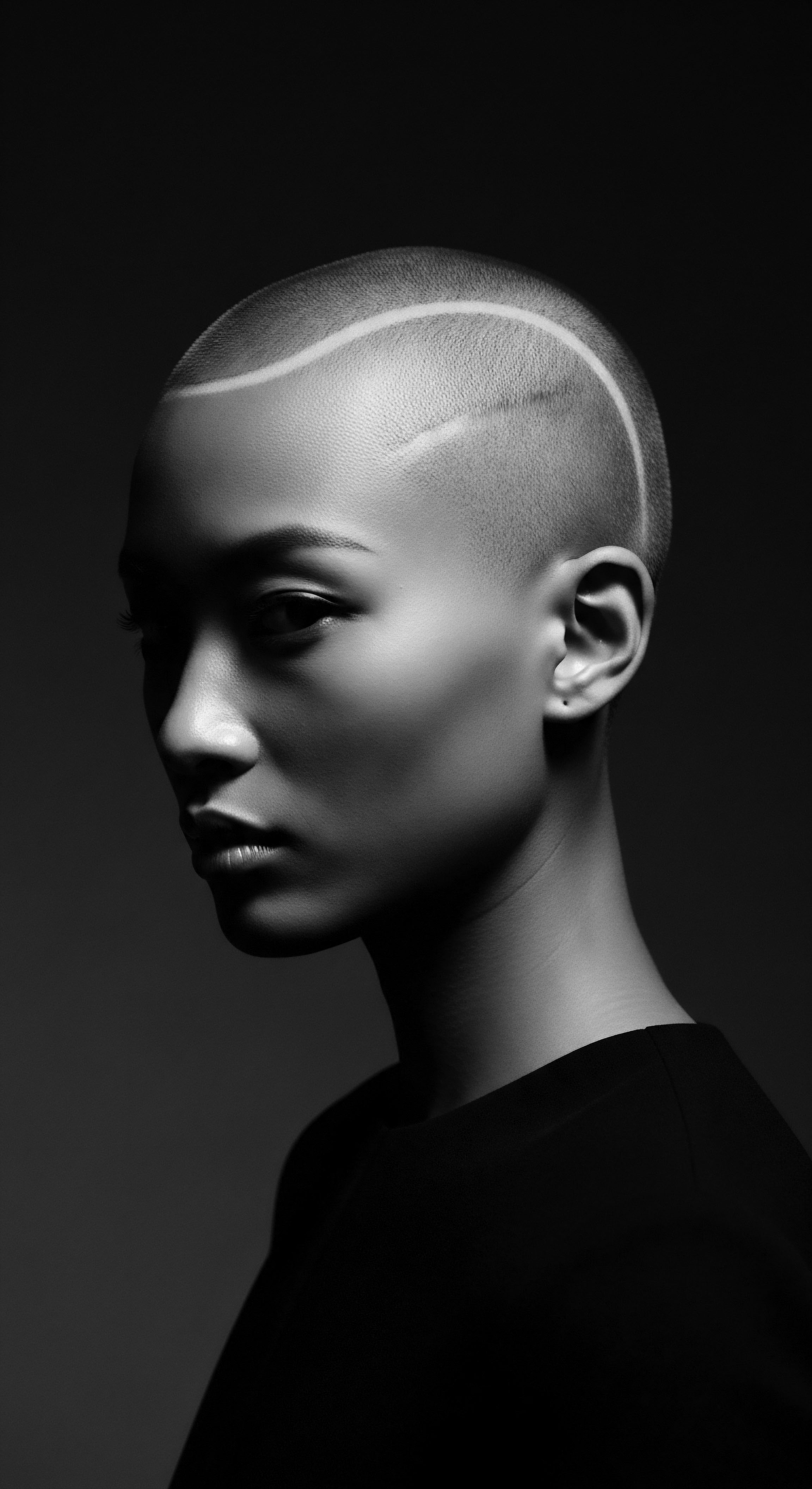
References
- Alahmmed, L. M. Alibrahim, E. A. Alkhars, A. F. Almulhim, M. N. Ali, S. I. & Kaliyadan, F. (2017). Scanning electron microscopy study of hair shaft changes related to hardness of water. Indian Journal of Dermatology, Venereology, and Leprology, 83(6), 740.
- AAIHS. (2018, May 4). The Role of Water in African American History. African American Intellectual History Society.
- Byrd, A. D. & Tharps, L. L. (2001). Hair Story ❉ Untangling The Roots of Black Hair in America. St. Martin’s Press.
- Simmonds, R. M. (2018). The Impact of Berrien Springs Water Types on Multiethnic Hair Textures. Master’s Theses, Andrews University.
